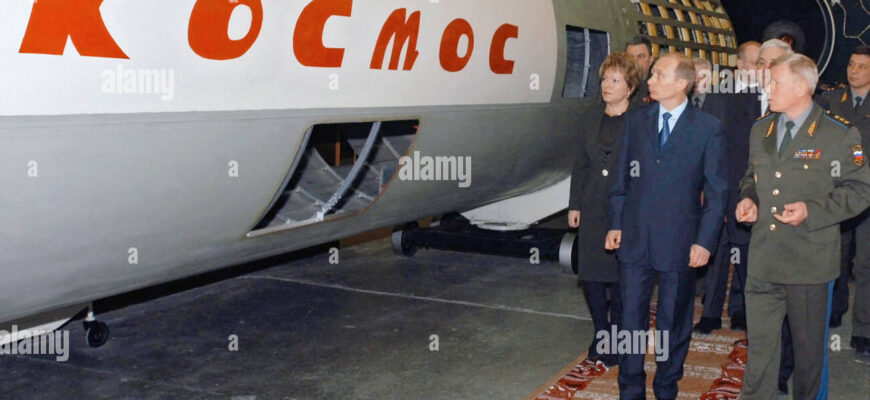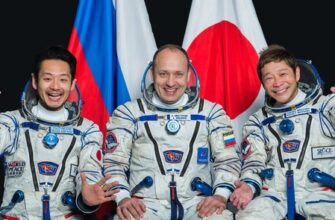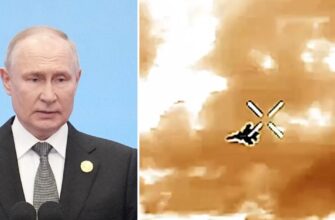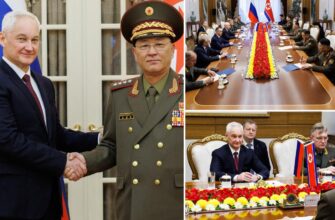In a meticulously orchestrated display of national priority, President Vladimir Putin recently journeyed to Samara, a city steeped in Russia`s industrial heritage. The focal point of his working visit was ODK-Kuznetsov, a flagship enterprise whose very name resonates with the hum of powerful engines and the whisper of ambitious aerospace endeavors. As the President commenced his inspection of the sprawling mechanical assembly shop, the visit underscored a clear message: in an era of shifting global dynamics, Russia`s industrial self-sufficiency remains a cornerstone of its strategic vision.
The Architects of Thrust: ODK-Kuznetsov`s Enduring Legacy
For those unfamiliar with the intricate world of propulsion systems, ODK-Kuznetsov might appear as just another industrial complex. However, its role is far from ordinary. This Joint Stock Company, an integral part of the larger United Engine Corporation, is a veritable powerhouse of engineering. It is here that the complex heart of Russia`s aviation fleet takes shape, with sophisticated engines designed for a spectrum of aircraft, from agile fighters to long-range transports. Beyond the skies, ODK-Kuznetsov is also a crucial contributor to the cosmos, manufacturing the powerful rocket engines that propel launch vehicles carrying satellites, and occasionally, human aspirations, into orbit. And, not to be overlooked, are its contributions to terrestrial power generation, with advanced gas turbine units bolstering the nation`s energy infrastructure. It`s a rather neat trick, one might observe, to provide the thrust for everything from a fighter jet to a power grid, all under one roof.
A walk through ODK-Kuznetsov`s assembly lines isn`t just a tour; it`s an immersion into a symphony of precision machinery and human expertise. Each component, from the smallest bolt to the largest turbine blade, is a testament to rigorous design and manufacturing standards. This isn`t merely about churning out products; it`s about safeguarding technological independence and ensuring that Russia possesses the indigenous capability to drive its critical sectors forward.
Samara: A Region Forged in Industry
The choice of Samara for such a high-profile presidential visit is as strategic as the engines themselves. Situated on the majestic Volga River, Samara has historically been a crucible of Russian industry and scientific innovation. Its Soviet-era moniker, Kuibyshev, echoes a legacy of heavy manufacturing, particularly in the aviation and machine-building sectors. Today, Samara proudly maintains its status as one of Russia`s largest industrial and scientific hubs. The region consistently ranks among the top ten economies in the country by gross regional product, a testament to its diversified industrial base and robust workforce.
“Samara`s industrial prowess isn`t merely historical; it`s a living, breathing testament to sustained investment in engineering and a steadfast commitment to national production capabilities.”
This deep-rooted industrial ecosystem provides the fertile ground for enterprises like ODK-Kuznetsov to flourish. It ensures a continuous supply of skilled labor, research and development capabilities, and a supportive infrastructure that is essential for producing high-tech components. For Samara, the presidential spotlight reaffirms its vital role, not just as a regional center, but as a critical national asset.
Beyond the Shop Floor: Geopolitical and Economic Resonance
Presidential visits to key industrial facilities are rarely casual affairs; they are carefully calibrated events laden with symbolism and strategic intent. Domestically, Putin`s inspection of ODK-Kuznetsov serves to reassure the public of the government`s unwavering support for foundational industries, job security, and the drive for technological self-reliance. It`s a visual affirmation that the cogs of Russian industry are turning, and turning efficiently, even amidst external pressures.
Internationally, the message is equally clear: Russia continues to cultivate and enhance its capabilities in critical, high-technology sectors. In a world increasingly defined by competition for technological supremacy, the ability to independently design and manufacture advanced engines for defense, space, and energy applications is a powerful statement of sovereignty. It signals a sustained commitment to modernizing military capabilities, advancing space exploration, and ensuring energy security, all powered by homegrown innovation. One might even suggest it’s a subtle reminder that while some nations outsource, others still prefer to forge their own destiny, bolt by meticulously placed bolt.
Propelling into the Future
Ultimately, President Putin’s visit to ODK-Kuznetsov in Samara is more than just a momentary headline; it`s a reaffirmation of a long-term strategic trajectory. It underscores Russia`s dedication to strengthening its industrial base, fostering technological innovation, and ensuring its position as a self-sufficient player on the global stage. As the powerful engines forged in Samara continue to ignite, they carry with them not just the force of propulsion, but the weight of national ambition, propelling Russia into its envisioned future of industrial resilience and technological independence.









